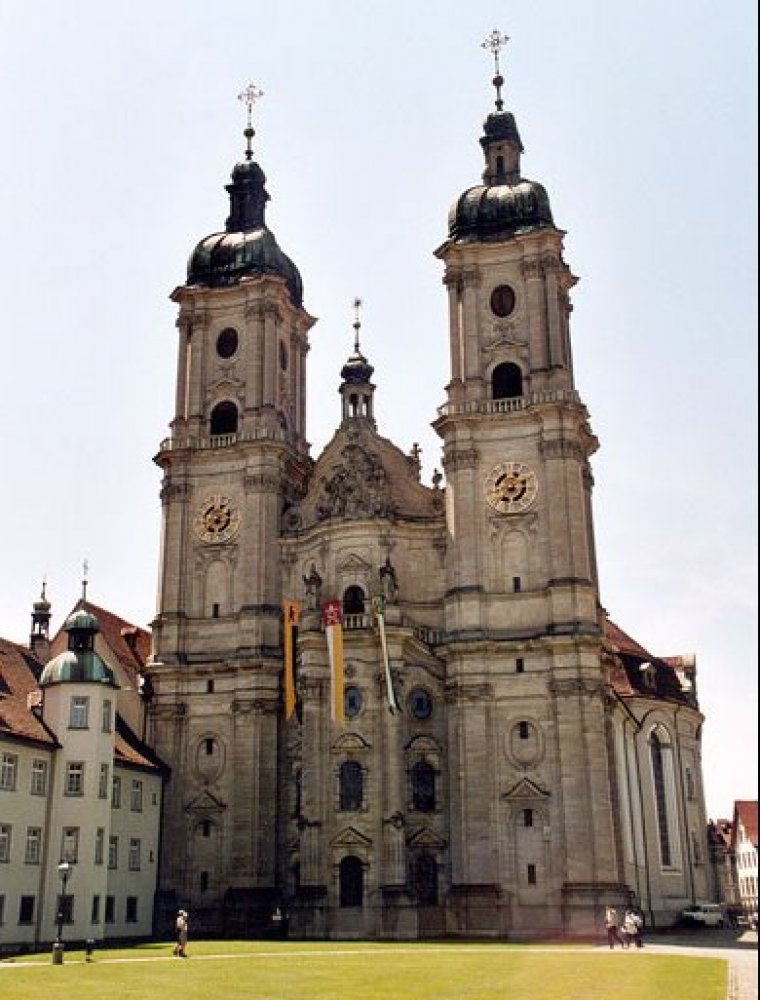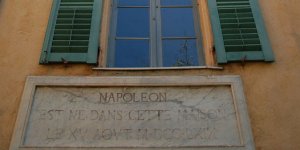| Published in Attractions / Places of Interest |
Abbey of Saint Gall (Abtei St. Gallen), St. Gallen, Switzerland
Around 613 Gallus, according to tradition an Irish monk and disciple and companion of Saint Columbanus, established a hermitage on the site that would become the monastery.
The Carolingian-era monastery has existed since 719 and became an independent principality between 9th and 13th centuries, and was for many centuries one of the chief Benedictine abbeys in Europe. It was founded by Saint Othmar on the spot where Saint Gall had erected his hermitage. The library at the Abbey is one of the richest medieval libraries in the world.
The city of St. Gallen originated as an adjoining settlement of the abbey. Following the secularization of the abbey around 1800 the former Abbey church became a Cathedral in 1848.
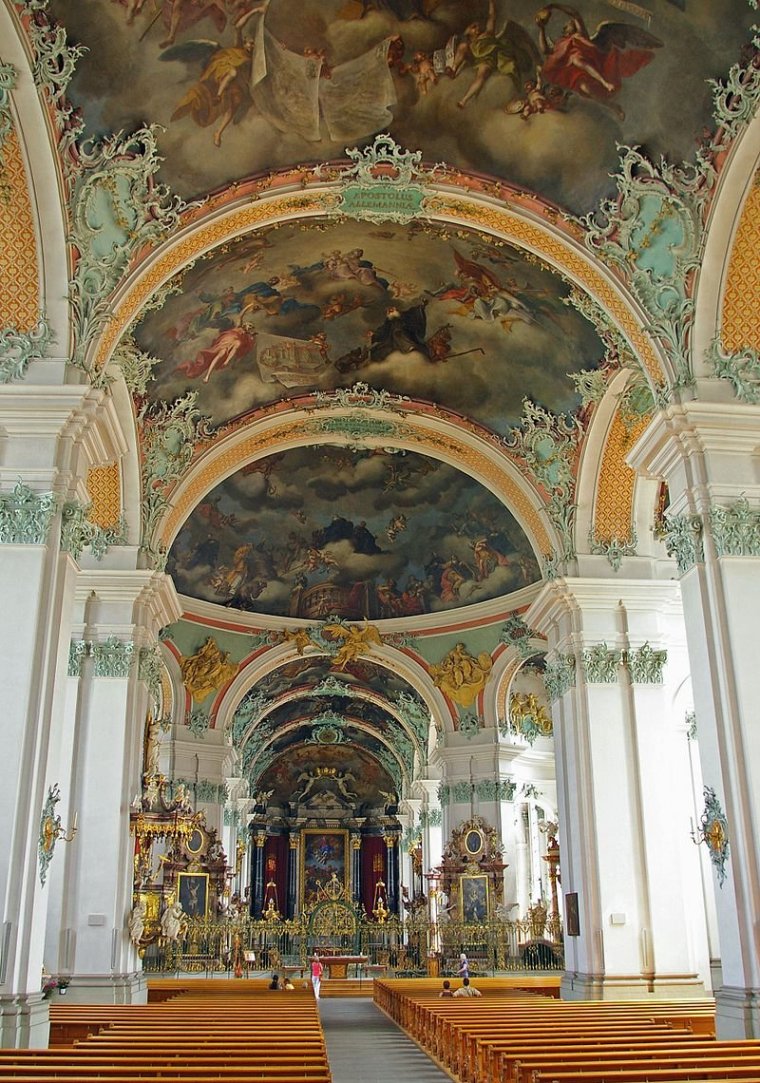
The interior of the Cathedral is one of the most important baroque monuments in Switzerland. ![]()
The Abbey library of Saint Gall is recognized as one of the richest medieval libraries in the world. It is home to one of the most comprehensive collections of early medieval books in the German-speaking part of Europe. As of 2005, the library consists of over 160,000 books, of which 2100 are handwritten. Nearly half of the handwritten books are from the Middle Ages and 400 are over 1000 years old.
Lately the Stiftsbibliothek has launched a project for the digitisation of the priceless manuscript collection, which currently (December 2009) contains 355 documents that are available on the Codices Electronici Sangallenses webpage.
The library interior is exquisitely realised in the Rococo style with carved polished wood, stucco and paint used to achieve its overall effect. It was designed by the architect Peter Thumb and is open to the public. In addition it holds exhibitions as well as concerts and other events.
One of the more interesting documents in the Stiftsbibliothek is a copy of Priscian's Institutiones grammaticae which contains the poem Is acher in gaíth in-nocht... written in Old Irish.
The library also preserves a unique 9th-century document, known as the Plan of St. Gall, the only surviving major architectural drawing from the roughly 700-year period between the fall of the Western Roman Empire and the 13th century. The Plan drawn was never actually built, and was so named because it was kept at the famous medieval monastery library, where it remains to this day.
The plan was an ideal of what a well-designed and well-supplied monastery should have, as envisioned by one of the synods held at Aachen for the reform of monasticism in the Frankish empire during the early years of emperor Louis the Pious (between 814 and 817).
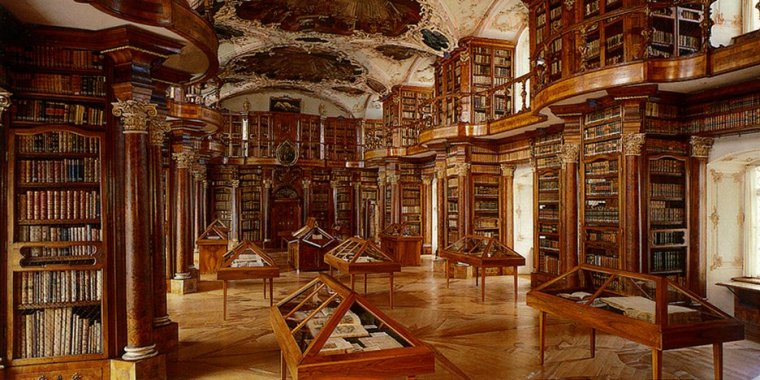
Photo: Stiftsbibliothek St. Gallen/Wikimedia Commons
A late 9th-century drawing of St. Paul lecturing an agitated crowd of Jews and gentiles, part of a copy of a Pauline epistles produced at and still held by the monastery, was included in a medieval-drawing show at the Metropolitan Museum of Art in New York the summer of 2009.
St. Gall is noted its early use of the neume, the basic element of Western and Eastern systems of musical notation prior to the invention of five-line staff notation. The earliest extant manuscripts are from the 9th or 10th century.
Sources
• www.stiftsbezirk.ch
• www.wikipedia.org
YOU MAY ALSO LIKE

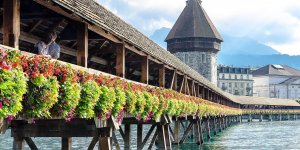


 If you own or manage a travel-related business such as a hotel, a bed-and-breakfast, a restaurant, a pub or a cafeteria, you can create a web page for your business for free on Titi Tudorancea Travel Info. » |
